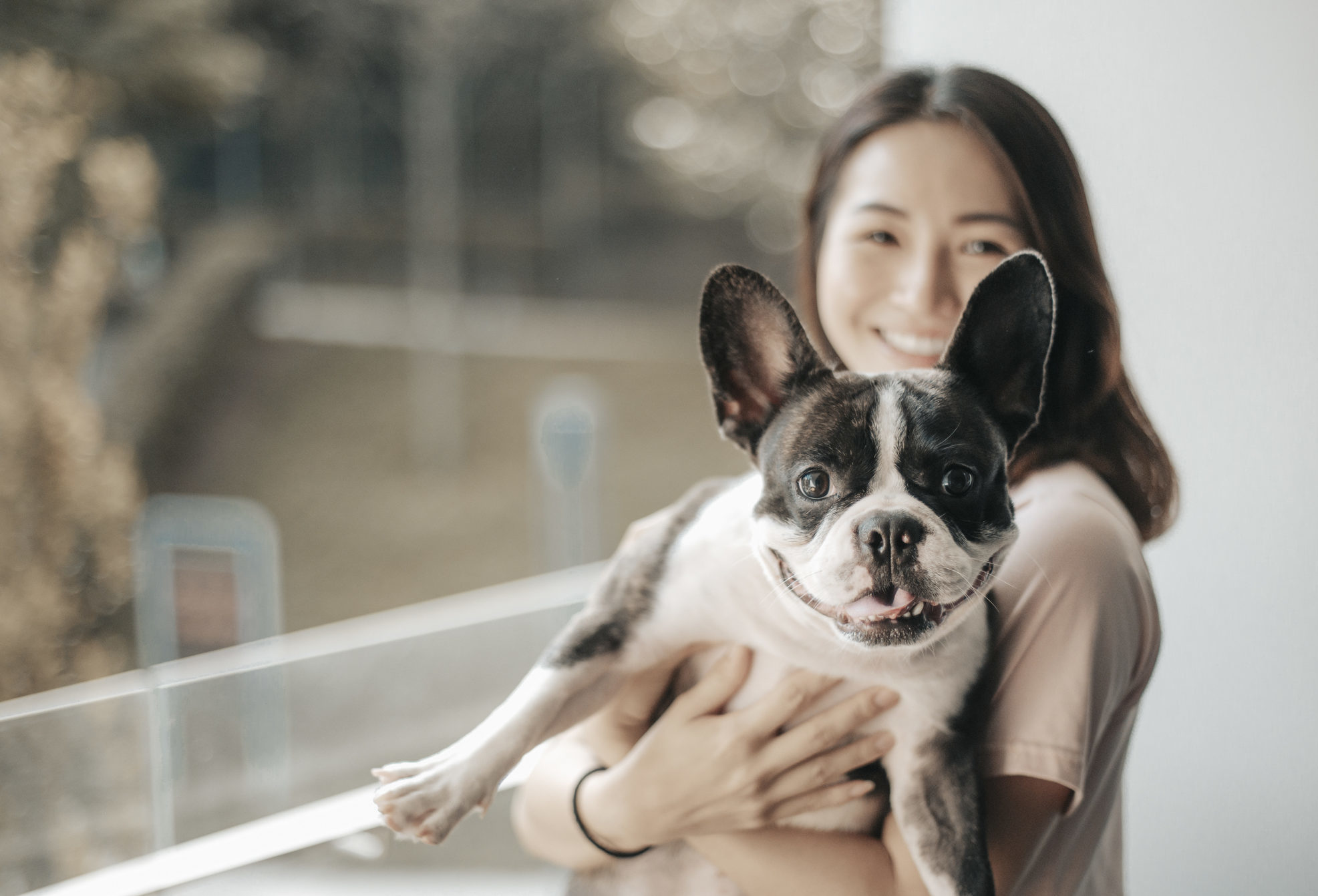Introduction
Welcoming a furry friend into your home is a joyous occasion, but just like humans, pets can experience anxiety. Whether it’s due to separation, changes in routine, or unfamiliar environments, pet anxiety is a common concern for many pet owners. In this blog post, we’ll explore the causes of pet anxiety and provide practical tips on how to manage it at home. Additionally, we’ll discuss when it’s essential to seek veterinary guidance for a more comprehensive approach to your pet’s well-being.
Recognizing Signs of Pet Anxiety
Before diving into management strategies, it’s crucial to recognize the signs of pet anxiety. Common indicators include excessive barking, destructive behavior, changes in appetite, restlessness, and withdrawal. Identifying these signs early on allows for prompt intervention and a more effective approach to managing anxiety.

Creating a Pet-Friendly Environment
One of the first steps in alleviating pet anxiety is to create a comfortable and secure environment. Provide a designated space for your pet with familiar items such as toys, bedding, and their favorite treats. This safe haven can serve as a retreat when your pet feels overwhelmed.

Establishing Consistent Routines
Pets thrive on routine, and disruptions can lead to anxiety. Establish a consistent daily schedule for feeding, playtime, and walks. Predictability helps your pet feel secure and reduces the likelihood of stress-related behaviors.

Incorporating Mental and Physical Stimulation
Mental and physical stimulation are essential for a pet’s well-being. Engage your pet in interactive play, puzzle toys, or obedience training to keep their minds active and bodies exercised. A tired pet is less likely to succumb to anxiety.
Socialization and Exposure
Expose your pet to various environments, people, and other animals gradually. Socialization helps build confidence and reduces anxiety in unfamiliar situations. Positive experiences during socialization can contribute to a more relaxed and adaptable pet.

Calming Products and Techniques
Consider asking your veterinarian about using calming products such as pheromone diffusers, anxiety wraps, or calming sprays. Additionally, try soothing techniques like gentle massage or music designed for pets can provide comfort and relaxation.
When to Seek Veterinary Guidance
While at-home strategies are beneficial, there are instances where professional veterinary guidance is necessary. If your pet’s anxiety persists or worsens despite your efforts, consult with your veterinarian. They can assess the situation, rule out any underlying health issues, and recommend appropriate interventions, which may include behavior modification techniques or medication.

Conclusion
Understanding and managing pet anxiety is a vital aspect of responsible pet ownership. By recognizing the signs, creating a supportive environment, and incorporating positive strategies, you can help your furry friend lead a happier and more relaxed life. Remember that veterinary guidance is available when needed, ensuring a comprehensive approach to your pet’s mental and emotional well-being. With these tips, you can foster a strong bond with your pet and provide them with the love and care they deserve.



